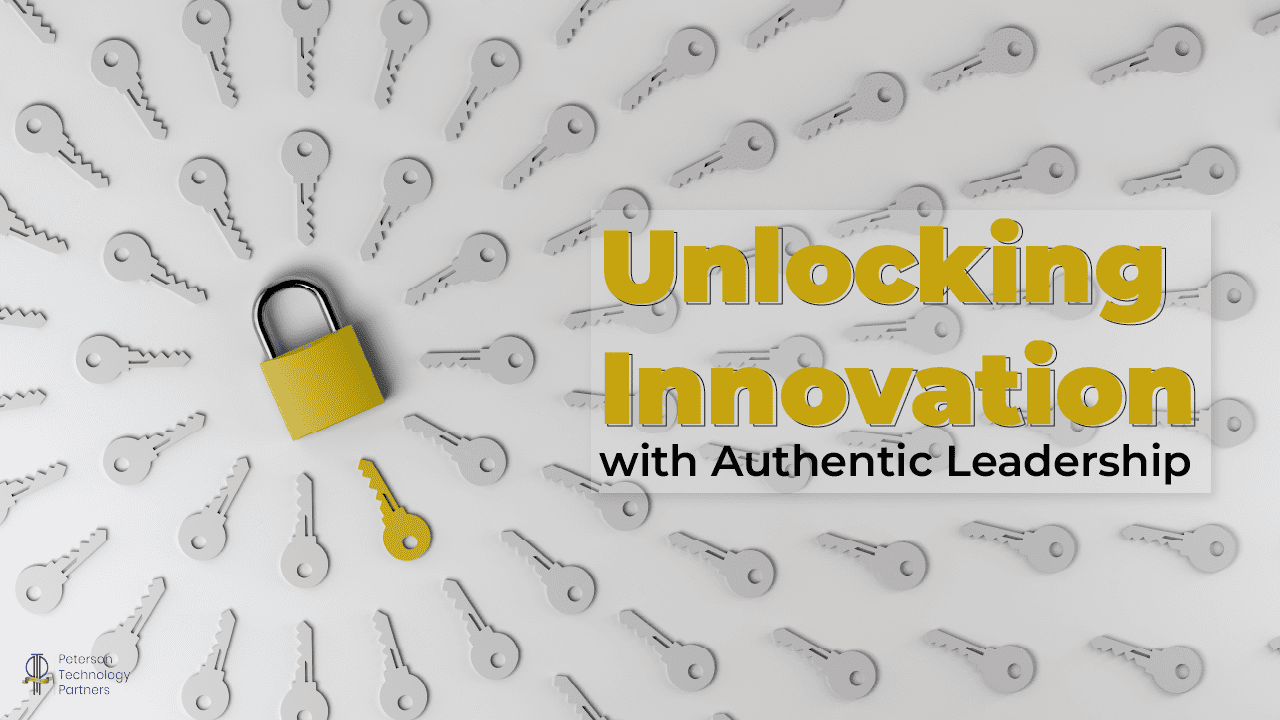Picture Satya Nadella, the CEO of Microsoft, enthusiastically talking about his love for cricket during a company-wide meeting. He uses his passion for the game to explain his approach to business strategy.
Or Patagonia CEO, Ryan Gellert, injecting his passion for all things outdoorsy into his business culture, so that his employees feel empowered to not only build a life outside their jobs but devote time towards environmental conservation.
When leaders like Nadella or Gellert reveal their true selves, they create an environment where team members feel safe bringing their personalities and ideas to the conversation, creating vast opportunities for creativity and innovation.
Research suggests that leaders can strengthen their team’s innovation by undergoing leadership training, empowering employees to take initiative and be engaged in their work, and nurturing closer relationships with their subordinates.
Authenticity has real benefits: a 2021 study found that teams with high psychological safety were 47% more likely to be innovative, compared to their peers.
I want to break down how authentic, values-based leadership fosters a culture of innovation and creativity among teams.
Authenticity and Vulnerability in Leadership
Leaders who want to bring out innovation in their employees must first build trust, and one of the most effective ways to do so is to practice authenticity and vulnerability.
Our brains respond positively when we feel a personal connection with someone, so when an employee connects with their supervisor on a personal level, they work harder, perform better, and are kinder to their colleagues.
Leaders can nurture connections with their team members by being vulnerable. Amid a crisis, for example, a great leader will acknowledge any feelings of unease rather than put up a facade of unwavering confidence. Psychological research suggests that people are naturally skilled at detecting inauthenticity, so feigning confidence will only deplete trust.
While vulnerability is certainly a strength in leadership, it is possible to lean too far away from confidence. For example, not much good will come from telling your team, “I am overwhelmed and have no idea what I’m doing.”
Liz Fosslien and Molly West Duffy, co-authors of WSJ bestseller No Hard Feelings: The Secret Power of Embracing Emotion at Work and Big Feelings: How to Be Okay When Things Are Not Okay, suggest being selectively vulnerable — opening up to your team while still prioritizing their boundaries and your own.
(Is your problem the other way around? Are you struggling to learn how to set boundaries at work? Check out this article on Setting Professional Boundaries to Stay Successful at work)
The Importance of Values in Leadership
People respect a leader who adheres to a set of values. It gives employees a reason to feel inspired, not only to follow these values but to adopt them as their own.
It can be challenging for leaders to put their values into words. It’s important to understand that a leader’s values lie at the intersection of their values and the values of their organization. First, to better understand your values, try asking yourself the following questions:
- What tends to drive my decision-making?
- How do I tend to react in response to challenges?
- What kind of leadership do I best respond to?
In answering these questions, you may come to conclusions such as I make decisions based on social awareness; I address challenges by talking them out with a colleague; I respond best to leaders who are passionate about diversity. Therefore, you may discover that your values include social awareness, communication, and diversity.
Meanwhile, to determine your company’s values, consider your company’s goals, mission, and culture. You may find the answers in tangible places like a mission statement on your company’s website or by paying attention to how higher leadership communicates and operates.
Other examples of leadership values include but are not limited to empathy, humility, passion, respect, honesty, accountability, and integrity. Whether or not these resonate with you, any values can be better understood and developed with the help of leadership training.
What Drives Creativity and Innovation
An important part of authenticity is letting your personality shine through. When a leader shows their personality or shares their interests, it builds a stronger relationship with their team and empowers them to tap into what makes them unique too. For example, if a leader shares that they are writing a novel in their spare time, it might inspire team members to be more open about their own creative endeavors, which may motivate them to use that creativity in their work.
Authenticity is also a huge driver of innovation among teams. Since authenticity fosters trust, employees become empowered to share their ideas without fear of judgment or retribution; in other words, authenticity promotes psychological safety.
While it has been found to promote cohesion and engagement, psychological safety alone may not be enough to maximize innovation. Breakthrough innovations, according to MIT Sloan Management Review, require intellectual honesty — “a culture in which team members will proactively voice their ideas and disagreements rationally and constructively.” This is because, if a team only values its cohesion, its members may prioritize keeping the peace over expressing ideas that could shake things up.
(Read more about fostering creativity within the team in this article about Breakthrough Ideas and Disruptive Innovation)
Conclusion
Authentic, values-based leadership plays a crucial role in fostering a culture of innovation and creativity within teams.
By embracing vulnerability, adhering to a strong set of values, and encouraging psychological safety and intellectual honesty, leaders can create an environment where employees feel empowered to bring their unique perspectives and ideas to the table.
– Lizette Roman-Johnston
(Staff Writer)





